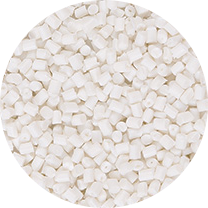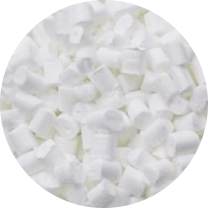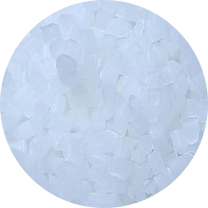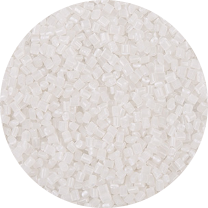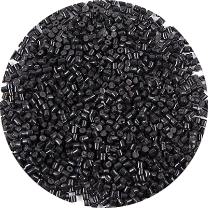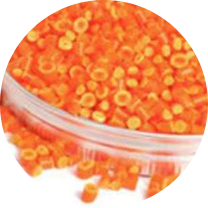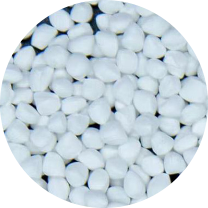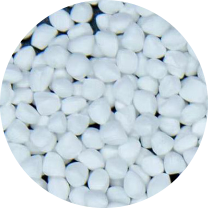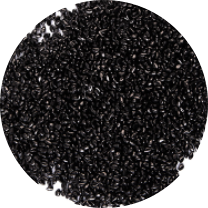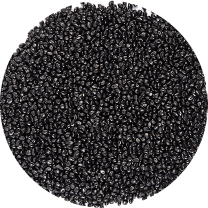Polymer Base Masterbatch Manufacturers
information to be updated
Product Category
Get in Touch With Us
Who Are We?
Changzhou Runyi New Material Technology Co., Ltd.
News
-
Engineered Longevity: Carbon Black Masterbatch UV Stabi...
In applications demanding extended outdoor performance—such as pipes, geosynthetics, and agricultural films—the stability of the polymer matrix against photo-ox...
READ MORE -
Precision Pigmentation: Mastering the FPV and Dispersio...
For processors involved in manufacturing thin-gauge films, fine fibers, or sophisticated injection molded components, the performance of the Carbon Black Master...
READ MORE -
MFR Matching Principle: Optimizing White Masterbatch an...
In the realm of polymer processing, achieving consistent color dispersion and flawless product quality is a fundamental objective. The use of White Masterbatch ...
READ MORE -
Achieving Flawless Quality: An Engineer's Guide to TiO2...
Introduction: The Business Case for Perfect Dispersion For B2B manufacturers in the plastics industry, the quality of the finished product is the ultimate measu...
READ MORE
Color Masterbatch Industry Knowledge Extension
How to improve the performance and color stability of plastic products through polymer masterbatch?
Polymer Base Masterbatch is a key material for plastic modification and is widely used to improve the mechanical properties, weather resistance, color performance and functionality of plastic products. The following analyzes the application strategy and technical points of masterbatch from the two major directions of performance optimization and color stability.
1. Key masterbatch technology to improve the performance of plastic products
1. Functional masterbatch enhances physical and chemical properties
Mechanical property optimization:
Add glass fiber reinforced masterbatch to improve tensile strength, rigidity and impact resistance (applicable to automotive parts and electronic housings).
Use elastomer modified masterbatch (such as TPE, POE) to improve flexibility and brittle crack resistance (such as packaging film, hose).
Weather resistance and anti-aging:
Anti-UV masterbatch (containing light stabilizers such as HALS, UV absorbers) delays yellowing and degradation of outdoor products (such as building materials, outdoor furniture).
Anti-oxidant masterbatch (phenols, phosphites) prevents oxidative degradation during high temperature processing.
Flame retardant and safety performance:
Halogen-free flame retardant masterbatch (such as aluminum hydroxide, phosphorus flame retardant) meets the fire protection standards of electronic appliances and automotive materials (such as UL94 V0).
2. Processing performance optimization
Lubricating dispersing masterbatch: improve melt fluidity and reduce screw wear (suitable for high-filling systems such as calcium carbonate masterbatch).
Antistatic masterbatch (containing conductive carbon black or permanent antistatic agent) prevents dust adsorption (such as electronic packaging, medical equipment).
2. Masterbatch application scheme to ensure color stability
1. Key technologies of masterbatch
Selection of highly dispersible pigments:
Organic pigments (such as phthalocyanine blue and azo red) are brightly colored, but the dispersion process needs to be optimized to avoid agglomeration.
Inorganic pigments (such as titanium dioxide and iron oxide) have good temperature resistance and are suitable for high-temperature processing (such as engineering plastics).
Carrier resin matching:
Select a carrier that is compatible with the substrate (such as PP-based masterbatch for PP products) to avoid color difference or precipitation due to poor compatibility.
2. Solve the color stability problem
Migration resistance:
Use highly weather-resistant pigments (such as quinacridone) or surface treatment technology to prevent color migration to the surface of the product.
Heat/light aging resistance:
Add light stabilizers (such as hindered amine HALS) and heat stabilizers to prevent fading after long-term use (such as automotive interiors, outdoor signs).
Batch consistency control:
Strictly control pigment concentration and dispersion process (such as twin-screw extrusion shear optimization) to ensure color reproducibility.
3. Industry application cases
Packaging industry: transparent PP masterbatch + anti-UV agent to extend the life of food packaging film.
Automotive parts: Black ABS masterbatch (containing carbon black) takes into account both color depth and scratch resistance.
Electronic appliances: PC/ABS flame retardant masterbatch + customized masterbatch to meet appearance and safety requirements.


 English
English 中文简体
中文简体 한국어
한국어 عربى
عربى



